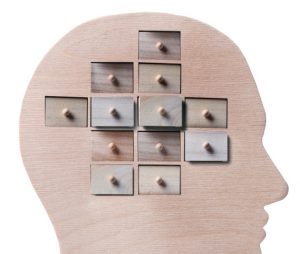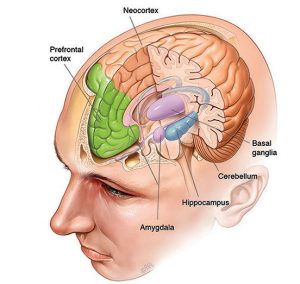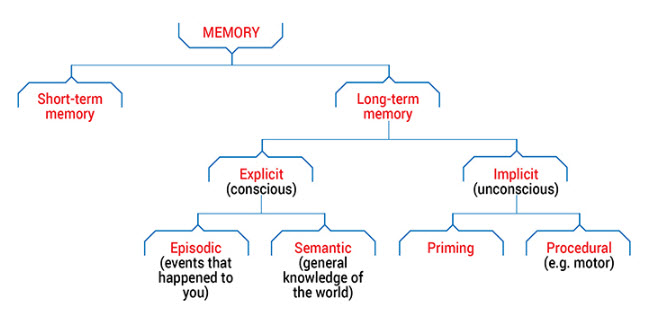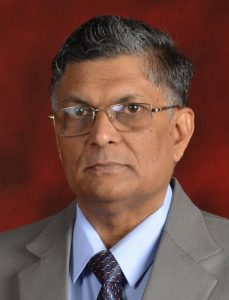(P.S: Naavi as a student of neuro rights is exploring parts of neuro science from the perspective of a Neuro data perspective. There could be errors and mis-conceptions in the information presented here. Request knowledgeable persons to point out mistakes and present different perspectives. The Objective of this site is to learn together. Pictures and information in this article have been sourced from Queensland Brain Institute and other sources…. Naavi)
In understanding the brain functions from the Neuro Rights perspective, we need to understand how neuro data is generated, stored and transmitted.
Neuro data generation is a electro chemical process like the functioning of a battery. Accordingly, neuro perceptions cause certain chemical changes that accumulate positive and negative electric charges in a neuro space which when exceeding a certain level triggers transmission of the signal from one neuron to another.
The “Memory” is a function where the brain retains certain information and is able to recall it later. The data input to the brain is from the sensory organizations. Data Output is mainly to the different motor organizations. If therefore there is a heat sensation, brain may instruct the relevant muscles to move the body away from the heat.
the brain is from the sensory organizations. Data Output is mainly to the different motor organizations. If therefore there is a heat sensation, brain may instruct the relevant muscles to move the body away from the heat.
However human brain experiences some “Thoughts” which could be a recall from the memory storage which may not result in any motor functions and simply revolve inside the brain as thoughts.
There is therefore space inside the brain which store memory and maintain a temporary space for churning the memory until they are triggered into actionable instructions to the body parts.

Neuro scientists have proved that different types of memory are stored in the human brain in different parts. Accordingly scientific names are allocated for different parts of the brain where memory is stored.
They are Hippocampus, Amygdala, Cerebellum, Basal ganglia, Neocortex and Prefrontal cortex.
The functions and purposes of each of these memory storage parts of the brain are different.
Explicit memory is stored in hippocamus, neocortex and amygdala. Implicit memory is stored in basal ganglia and cerebellum.
Prefrontal cortex plays a central role in cognitive control functions.
In order to understand the functions of the different memory storage parts of the brain, we need to categorize the memory into different types.

At the first level we can segregate memory into “Short Term” and “Long Term”. Short Term memory may exist for very short time like when you read your OTP on the SMS and then type it in another place.
Long Term memory is either “Explicit” or “Implicit”. What wee mean by “Explicit” memory is the “Episodic” memory which are out experiences of events that have been sensed by our sensory organizations in the past and the “Semantic” memory which are knowledge of the world acquired without specific self experience. Implicit memory includes the sub conscious. Part of the sub conscious memory is driving motor capabilities of different organs. Even our speech consists of memory of our lips and tongue to produce certain sounds. These are automatic replay of past learning. Some times there is a sub conscious association of different memory units and that is referred to as “Priming”. For example, in the Pavlov experiment, when the dog hears the sound of the bell, it salivates as an associated response because the association is stored in the memory.
These storage concepts still donot fully explain the “Thought Processing Area” of the brain where even a person under meditation will be churning his thoughts until a spark of actionable idea is generated and gets into the memory. In the dream state, this “Thought area” is active and after the person wakes up, except for the strongest of the strong dreams, rest of the dream memory is lost. This indicates that the dreams may occur in the temporary memory space.
Whether this temporary memory space itself may be considered as the “Thought Space” is a point to be debated. If “Thinking” is part of the “Cognitive function”, then the pre frontal cortex may be the space where the thoughts are processed.
The reason why we need to explore the “Thought Space” further is that like in a Computer where we have the data in storage and data in transmission, there is a “Data in processing” concept for which we need to find the equivalent in the human brain.
If we understand this concept, we may also be able to unravel some of the philosophical thoughts on what is “Buddhi” and “Viveka”.
“Intelligence” and “Consciousness” are also terms which need to be understood and related to both the modern neuro science concepts and the philosophical concepts.
(….Exploration to be continued)
Naavi

